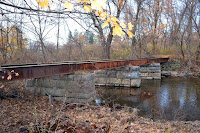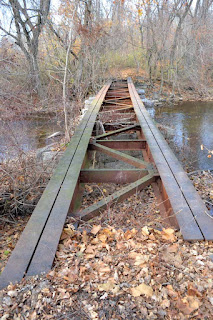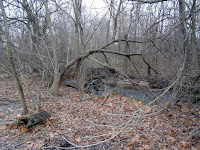Create something to show thanks
Christmas Eve 2011, was celebrated a little differently than our previous gift giving holidays. My mother instructed the family (we're all adults) to put our energy into creating something that shows our thanks and appreciation. It was an awesome alternative to shopping for items that most of us can just buy ourselves.This demonstration was very flexible, especially given that my Mom likes to wear rigid pants and abide by rules. For example, everyone must be on-time. As adults, my brother and I naturally (whether we intend to or not) run a little late for family functions. It's like running barefoot through puddles in the spring. It just feels good. And of course, mother doesn't approve. With these instructions, I brainstormed for the best idea. I was overwhelmed with so many options. I decided to give the gift of taste. And what better way to taste than to do a pairing of sorts. My family loves wine, cheese and chocolate so it seemed like a great way to celebrate and give thanks.
But how to pair what with what?????
I am not formally trained in food and wine; however, I do find myself amazed with how various foods combined accentuate flavors and excite the taste buds. I knew a little about pairing wine and cheese, but I needed to do some quick-learning on how to pair chocolate. I remembered a website a friend shared that was very informative so I used it as my main reference: Scharffenberger Chocolate Pairing Navigator I created two spreadsheets to organize the options and narrow down what I could obtain in Central PA. Even with a Wegman's grocery store some of the cheese and chocolate were not locally available so I had to seek out similar alternatives. From the spreadsheet I could come up with a shopping list to take to the stores. |
| Data from the site |
 |
| Data compiled into a plan (of sorts) |
Some quick tips and tricks:
- Start with the most robust, dry, sharp and work down to the sweet, smooth tastes.
- Have some plain crackers and water to cleanse the palate
- Add in some side flavors like Macadamia nuts and ripe strawberries
- Cocoa rating (higher = bitter; lower = sweeter)
- Grocery stores don't always carry the items you need so you might need to flex a cacao percent or find a related cheese.
The materials I presented at the tasting to inform the participants...
When tasting, my family could refer to these charts for guidance and understanding. I created these in Microsoft Publisher using screen grabs of images on the web.
 |
| The Final Pairing (or "Tripleting") |
 |
| Chocolate |
 |
| Vino |
The presentation...
Eyeing up the cheese is a 110# Rottweiler Husky mix named Noah decked out in a pink bow. He's very comfortable with his masculinity.
Can you spot the formerly white piece of furniture from the late 1960s?
I'll give you a hint:
It's round, has a stereo on top, and looks like it endured a lot of cigarette smoking.
MORE TIPS:
- Start with highest cacao and work down.
- The chocolate shouldn't be sweeter than the wine.
- The darker the chocolate, the more likely it will be to taste good with red wine (partly because chocolate with a higher percentage of cacao has less sugar).
- The darker chocolates, with deep-roasted flavors, pair well with wines with dark, toasty notes themselves.
- Take cheese out of the refrigerator about an hour before serving. Present it on a flat surface--a board, slate, or a lovely tile will do--and give each cheese its own knife.
- Fancy tools, like cheese planes, are not necessary. And, if your goal is really to taste the cheese, plain baguettes or very plain crackers are perfect.
Have fun.

























